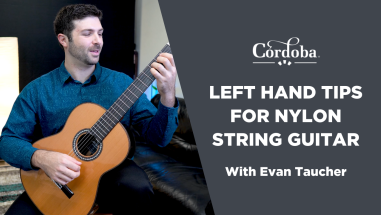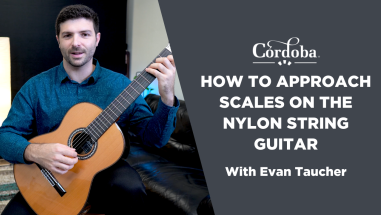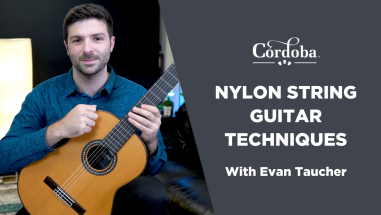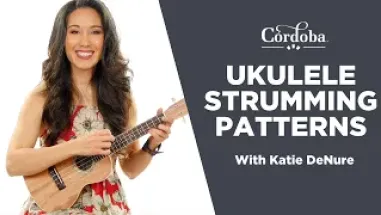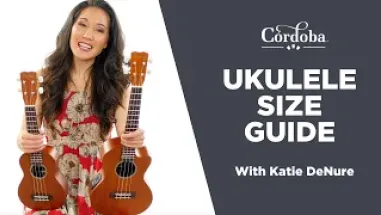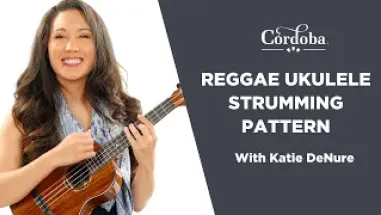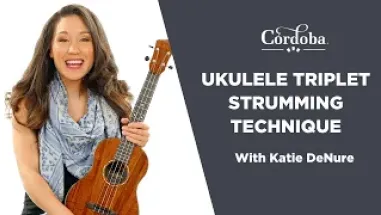Ukulele Size Guide: 4 Most Common Ukulele Sizes
Whether you’re enrolling in your first ukulele class, learning how to play online, or purchasing one for a friend/loved one, picking a ukulele can quickly become overwhelming with all the selections to choose from. Something that can help you narrow down your choice is to know the impact ukulele size has on playability, comfort level, and tone. Each ukulele size has something unique to offer. Overall, it’s advisable to play as many models and sizes as you can to find the ukulele size that is best for you.
UKULELES COME IN FOUR MAIN SIZES:
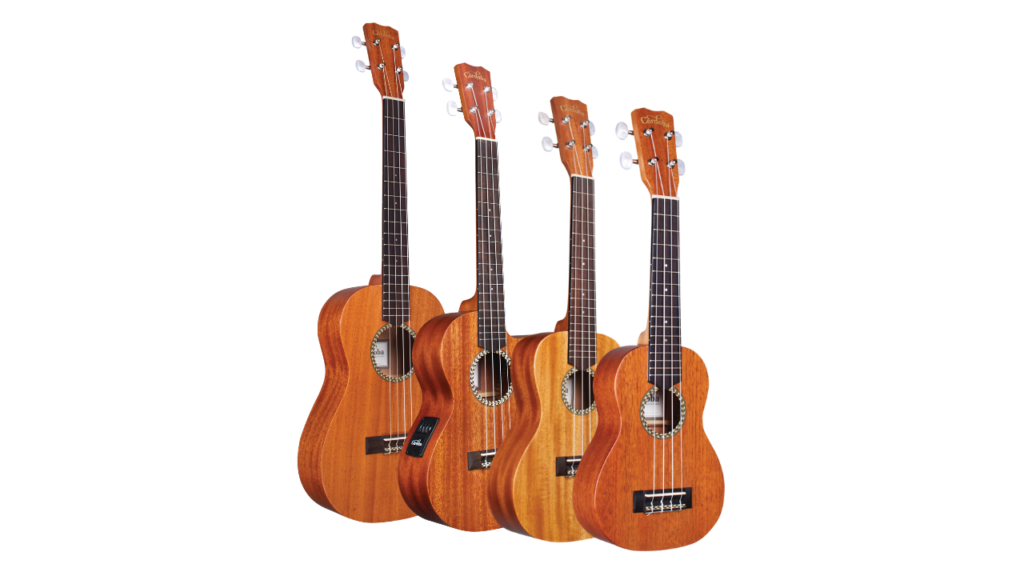
Although they all look very similar, ukulele size will impact the playability and sound of the instrument. Generally, a larger ukulele will have a longer neck with more frets. More space between the frets and a larger body will produce a bigger and deeper tone. The soprano, concert, and tenor ukuleles tunings are G, C, E, A. The baritone ukulele tuning is D, G, B, and E. Below is a general guide to fret to size ratio.
- Soprano: 12–15 frets
- Concert: 15–20 frets
- Tenor: 15–25 frets
- Baritone: 18 + frets; tuned DGBE
Soprano: With its compact body and less space between the frets, people with smaller hands might find a smaller ukulele more comfortable to play. The soprano ukulele also boasts a brighter tone.
Concert: A happy medium between the soprano and the tenor is the concert ukulele. With a longer neck and bigger body than a soprano, there is more space between the frets. The concert ukulele typically produces a deeper and more mellow tone than a soprano. Some might find a smaller ukulele harder to control while playing, so choosing a larger model might make more sense. Something to consider is that some ukulele pieces are arranged for the upper part of the neck and may require more than 12 frets, making a concert-sized ukulele the better choice.
Tenor: Generally, the tenor ukulele has an even larger body, a longer fretboard, and has more frets than its soprano and concert counterparts. The extra space between the frets may feel less crowded for people with larger hands. This added comfort makes it easier to play. Some may prefer the deeper tone the larger body it provides and may find it easier to control while playing.
Cutaways: Some tenor models feature a design called a cutaway. A cutaway refers to an instrument with a missing or “cutaway” portion of a traditional figure-eight body shape. A cutaway ukulele provides the player access to the uppermost part of the fretboard. While some players can comfortably access the upper part of the fretboard without a cutaway, others may prefer the extra space it provides for their hands.
Baritone: The largest of all 4 models with the deepest tone is the baritone ukulele. Something to consider is that the baritone ukulele is tuned differently than its counterparts. Very similar to the traditional 6 string guitar and tuned to the notes of DGBE, the baritone will use different chord shapes than those of its counterparts with the traditional tuning of GCEA.
Now that you know the differences between the sizes and you’re ready to purchase your first ukulele, it’s time to learn how to tune it. Click the link below and get started today!
 #
Learn
#
Learn



